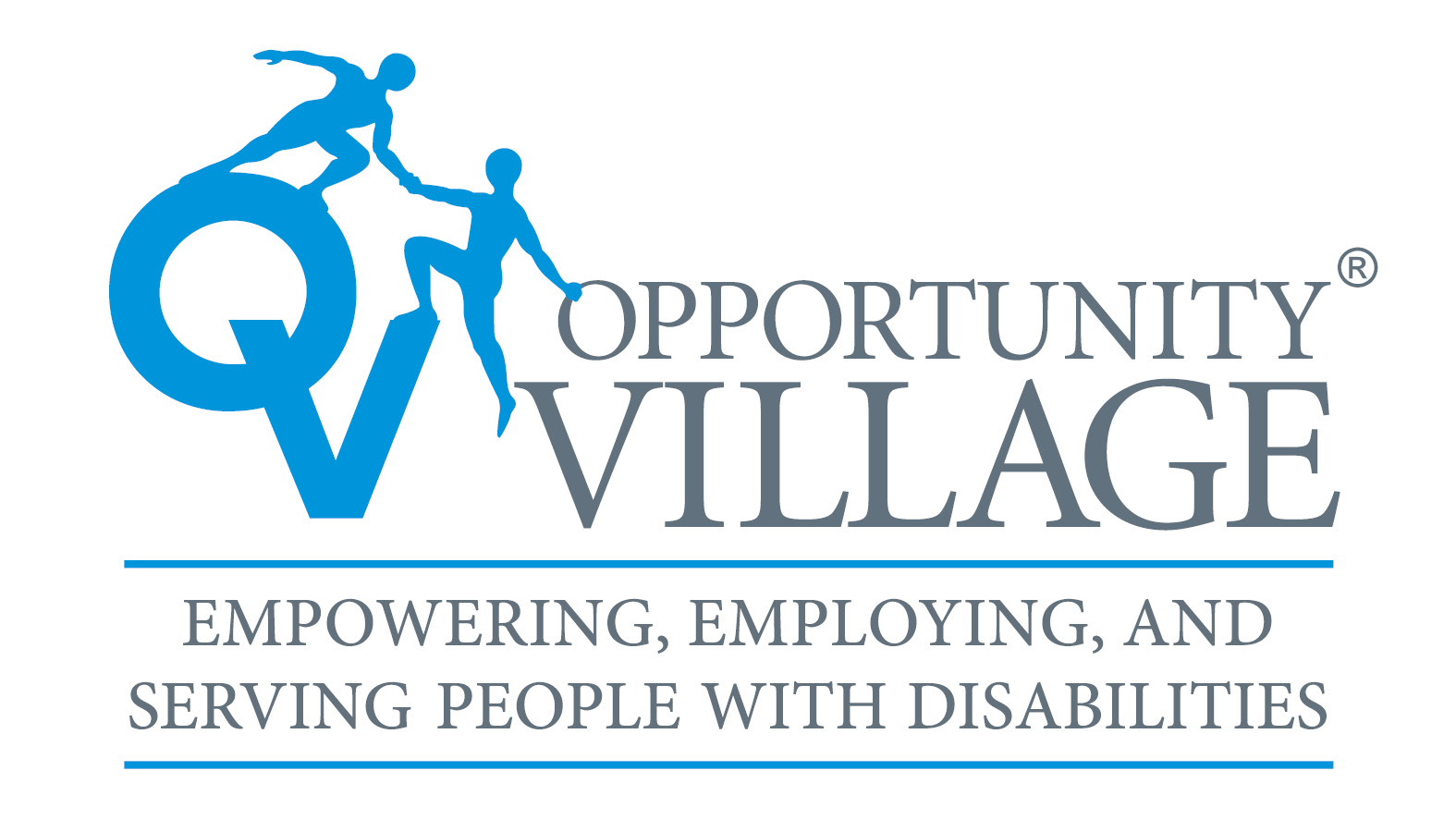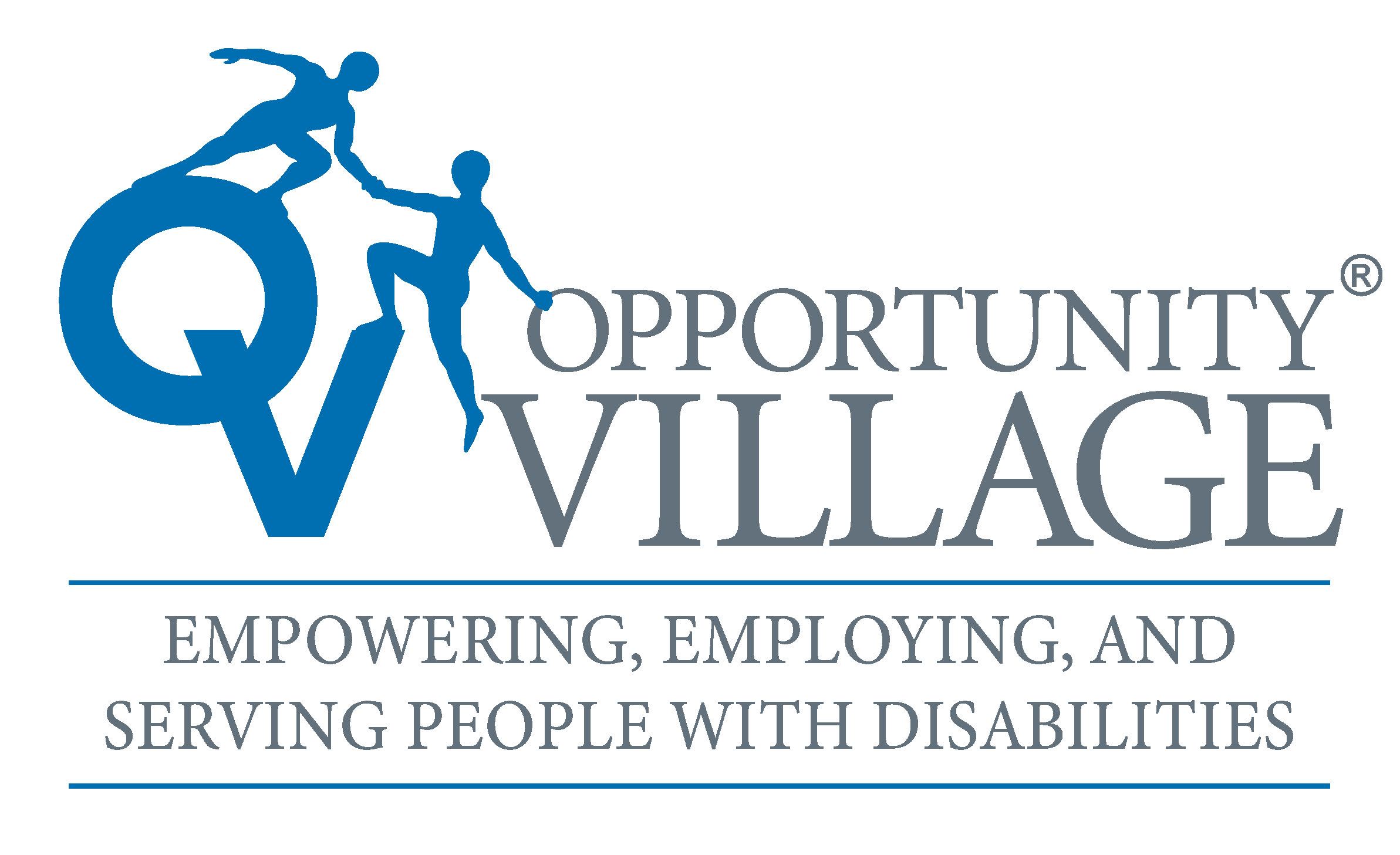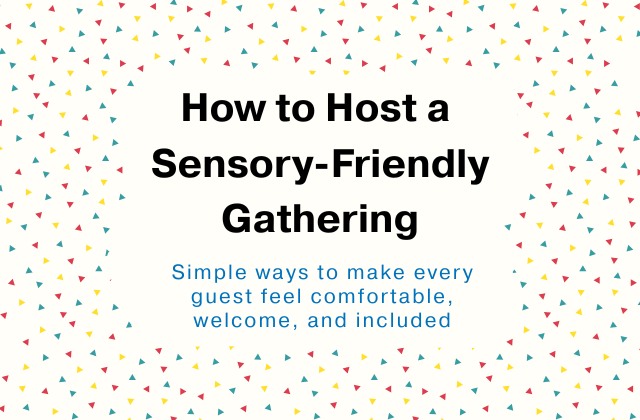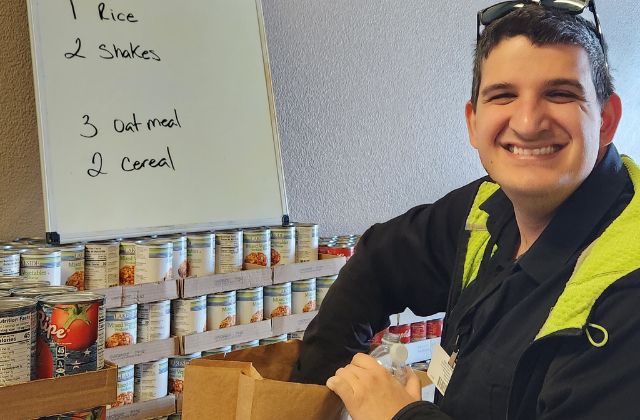
As a caregiver, fostering independence in your loved one with intellectual or developmental disabilities (IDD) is vital. But it can feel daunting.
We’re here to help — this guide aims to empower you with practical strategies and advice, ensuring that your loved one feels supported on their path towards more autonomy. Let’s get started.
1. Assess Individual Needs — What Are Their Unique Abilities and Challenges?
The best way to start is to deep dive into the person’s unique abilities and challenges. This probably means a tailored approach (with input from the person themselves, if possible) based on comprehensive evaluations by professionals.
Understanding what your loved one needs support with and what they enjoy and can do best is the key to promoting independence.
- Regular assessments: Conduct evaluations to determine strengths, interests, and areas needing support. This includes assessments for physical disabilities, emotional needs, and cognitive abilities.
- Personalized approach: Each individual’s condition requires a tailored approach, whether it’s autism or another form of intellectual or developmental disability. Adapt your strategies to suit your loved one best. What are their specific preferences and requirements? Utilize assistive technology where it will be beneficial.
- Active involvement: Involving the person in these discussions ensures their voice is heard and respected, fostering a sense of control and direction.
Once you’ve done the groundwork, it’s time to develop important daily living and employment skills.
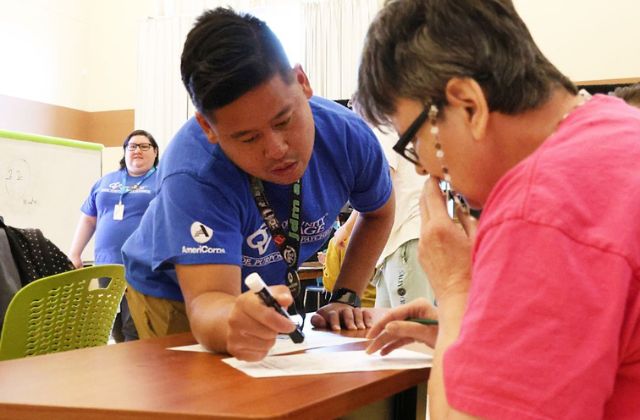
2. Develop Essential Skills
Helping people with intellectual and developmental disabilities acquire daily living and workplace skills is crucial to growing independence.
- Daily living skills: Focus on teaching skills like cooking, cleaning, personal hygiene and using public transport. Try incorporating therapy pets or service animals if they offer emotional or physical support.
- Employment skills: Teach workplace etiquette, interaction with peers, task management and punctuality. Emphasize the development of skills that can be translated into a workplace setting, accommodating their abilities and challenges. Explore our employment services for help with employment skills.
- Assistive technology: Introduce technologies that can assist in both daily living and employment. This might include visual aids, specialized computer software, or communication devices.

3. Involve Your Loved One in Planning
Empowering people to participate in planning and decision-making about their lives gives them autonomy, power and control. Include them in the decision-making process where possible to watch their confidence and participation levels soar.
- Encouraging choices and decisions: Let them make choices about their daily living, education and work. This boosts their confidence and sense of independence.
- Educational opportunities: Provide opportunities for education and learning. This might include formal education, vocational training, or life skills classes.
- Guidance in goal-setting: Help them set realistic goals and provide the necessary support to achieve these, whether they relate to personal achievements or professional aspirations.
For more on the importance of inclusion and self-advocacy, head to Inclusion International.
4. Identify Support Systems and Build a Network
Creating a supportive network can enable a person to live more independently. Your network might include family and friends, community services and professional support.
- Family and friends: If you have strong ties, try to involve family members in the care and support plan. Encourage them to provide emotional and practical support.
- Community and disability services: Connect with local community resources, disability services and support groups. It’s here your loved one might find people who share common experiences and interests.
- Professional assistance: Sometimes, professional help from therapists, counselors, or behavioral specialists is necessary — especially when managing emotional or behavioral challenges.
5. Modify Your Home to Create a Safe and Adaptive Environment
Your living space can nurture independence, belonging and dignity through inclusive design. You may need to change the layout and inclusions to promote independence. It can be hard to know where to start, so here are some things to consider.
- Accessibility adjustments: Implement modifications like ramps for wheelchair access, grab bars in bathrooms, and adaptive furniture.
- Safety measures: Safety is paramount. This includes securing rugs, installing alarms, and ensuring adequate indoor and outdoor lighting.
- Comfort and adaptability: The home should not only be safe but also comfortable, allowing for easy navigation and independence in daily activities.
This is so important we wrote an entire guide about this topic — learn more about making your home more accommodating.
6. Consider Independent Living Options
Whether it’s an option for now or the future, discussing potential living arrangements is an important aspect of promoting independence. We wrote a guide to housing options, but here they are in a nutshell.
Assisted living centers
Many assisted living facilities offer private apartments with varying levels of on-site, needs-based support. They provide a high level of care while promoting as much independence as possible. Communal dining and activities foster community. Staff provide monitoring and daily living assistance.
Skilled nursing facilities
For those requiring daily nursing care or post-medical procedure rehabilitation, skilled nursing communities provide 24/7 professional healthcare support — including medications, therapies, transportation and personal care.
Group homes
These balance independence and support, offering structured environments with professional care available.
Small, home-like settings support 2-6 individuals. They have staff on-site or nearby 24/7 to assist with daily living, social activities, transport and health monitoring.
Independent living in community settings
Apartment-style housing such as Opportunity Village’s Betty’s Village in Las Vegas offers independent living with the safety net of community support. Residents and families choose Betty’s Village to promote self-sufficiency, mobility, safety and community involvement while respecting choice and autonomy.
Betty’s Village has been such a success for our residents that we’re building another campus. Learn more about the Betty’s Village North and the Northwest Community Center Project.
